Normal cells compared to cancerous cells
| Many cells that continue to grow and divide | Variations in size and shapes of cells | Nucles that is larger and darker than normal | Abnormal number of chromosomes arranged in a disorganised fashion | Cluster of cells without a boundary |
|---|---|---|---|---|
Normal Cells | ||||
 |
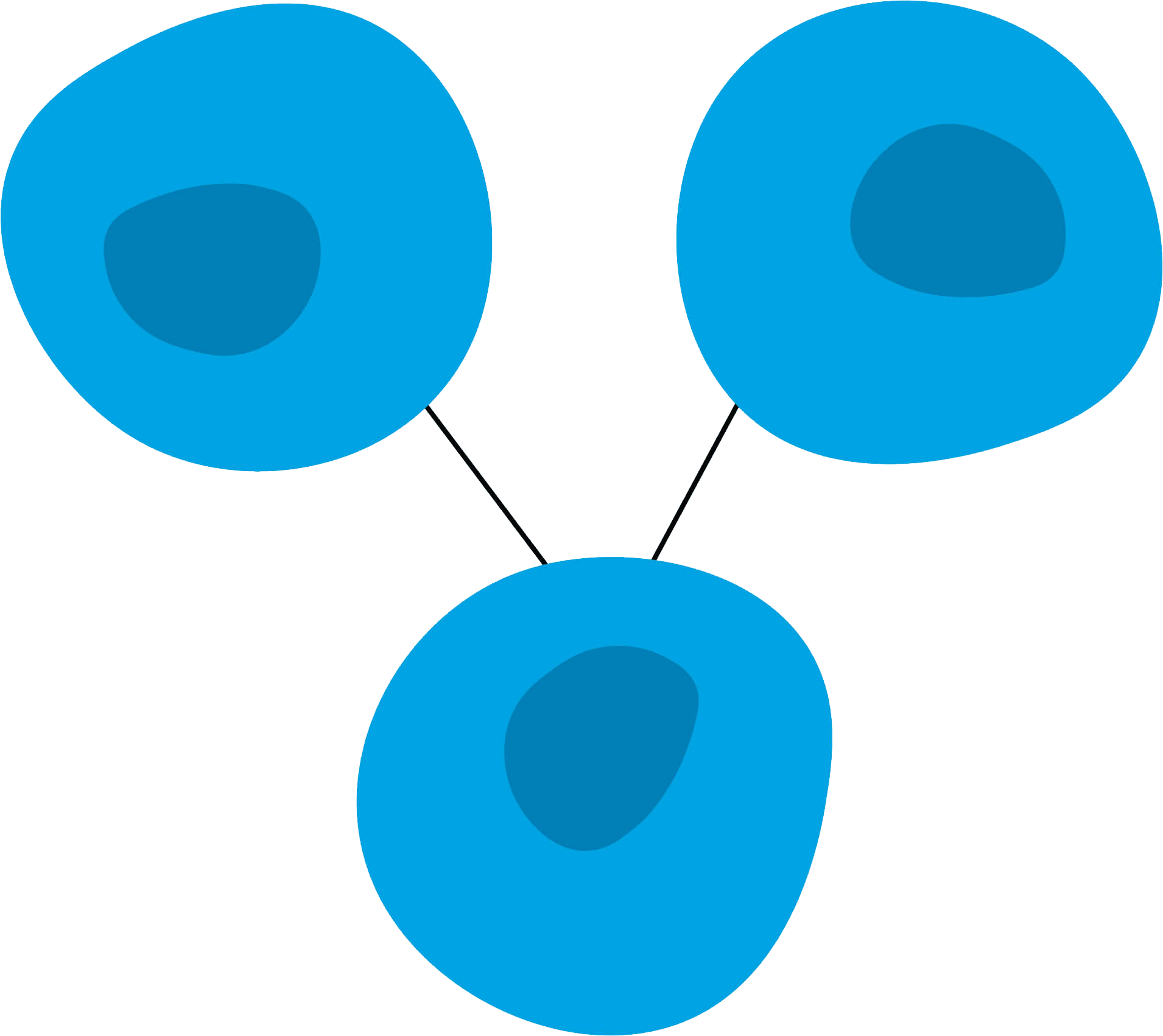 |
 |
 |
 |
Cancerous Cells | ||||
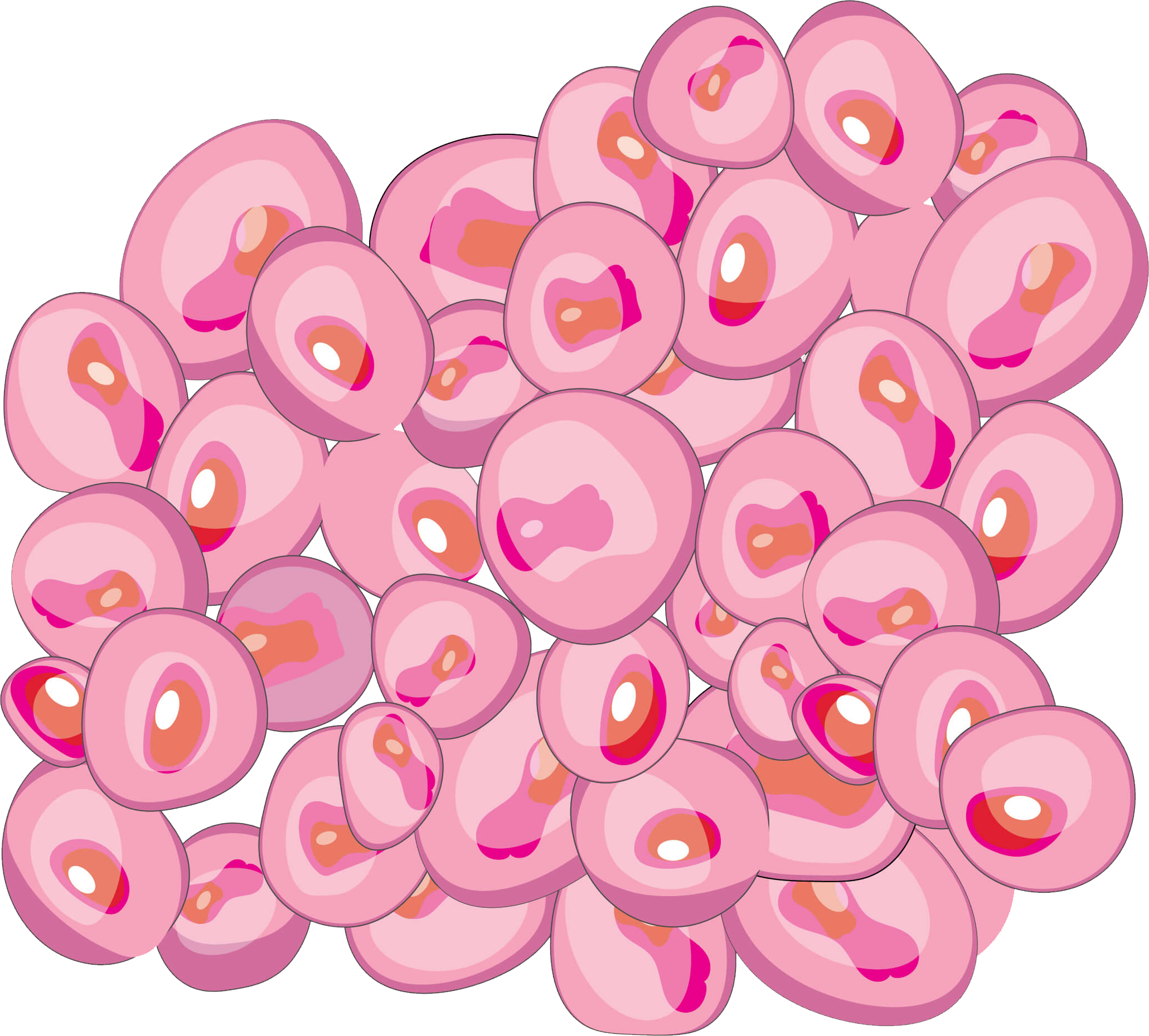 |
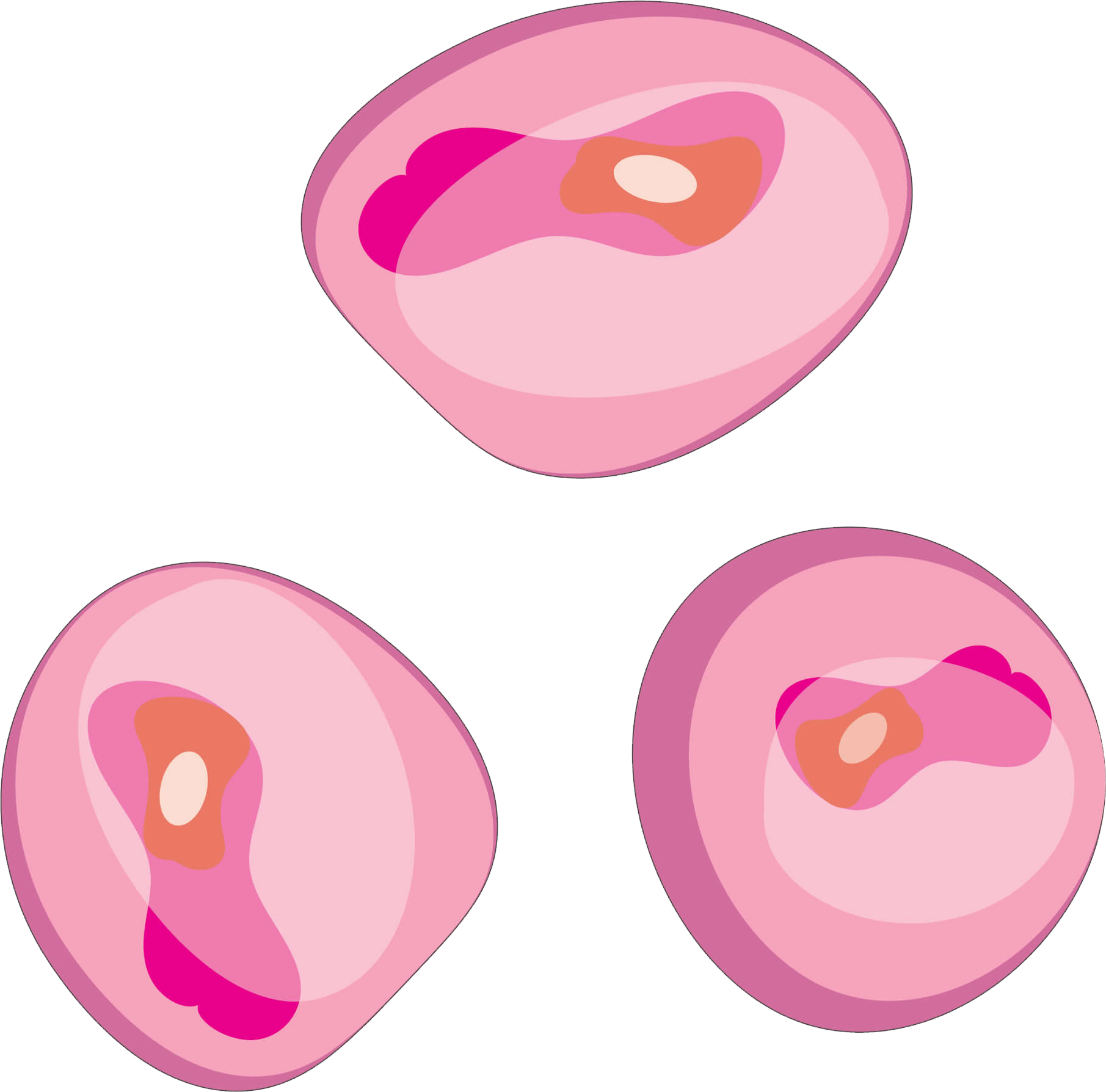 |
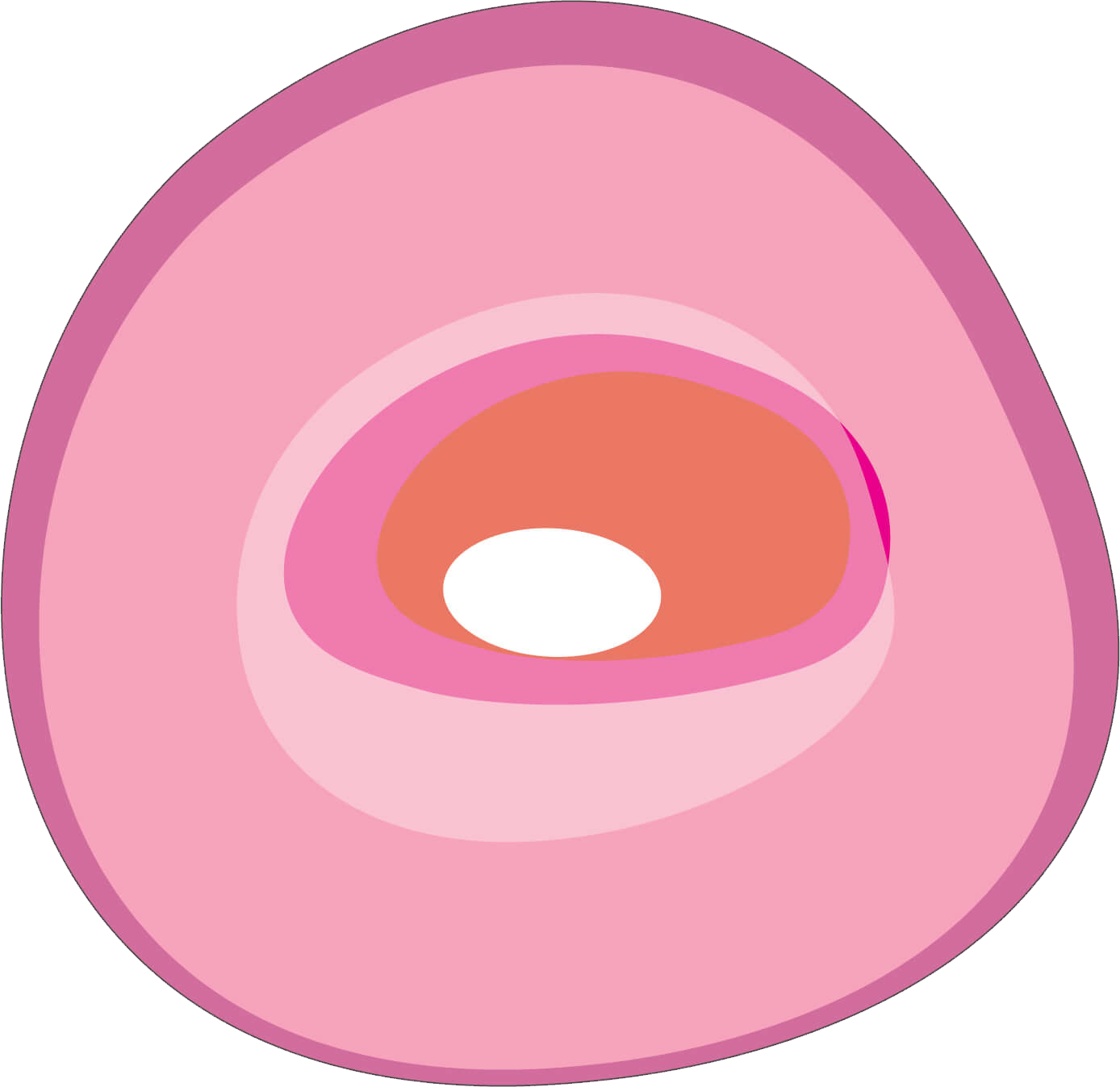 |
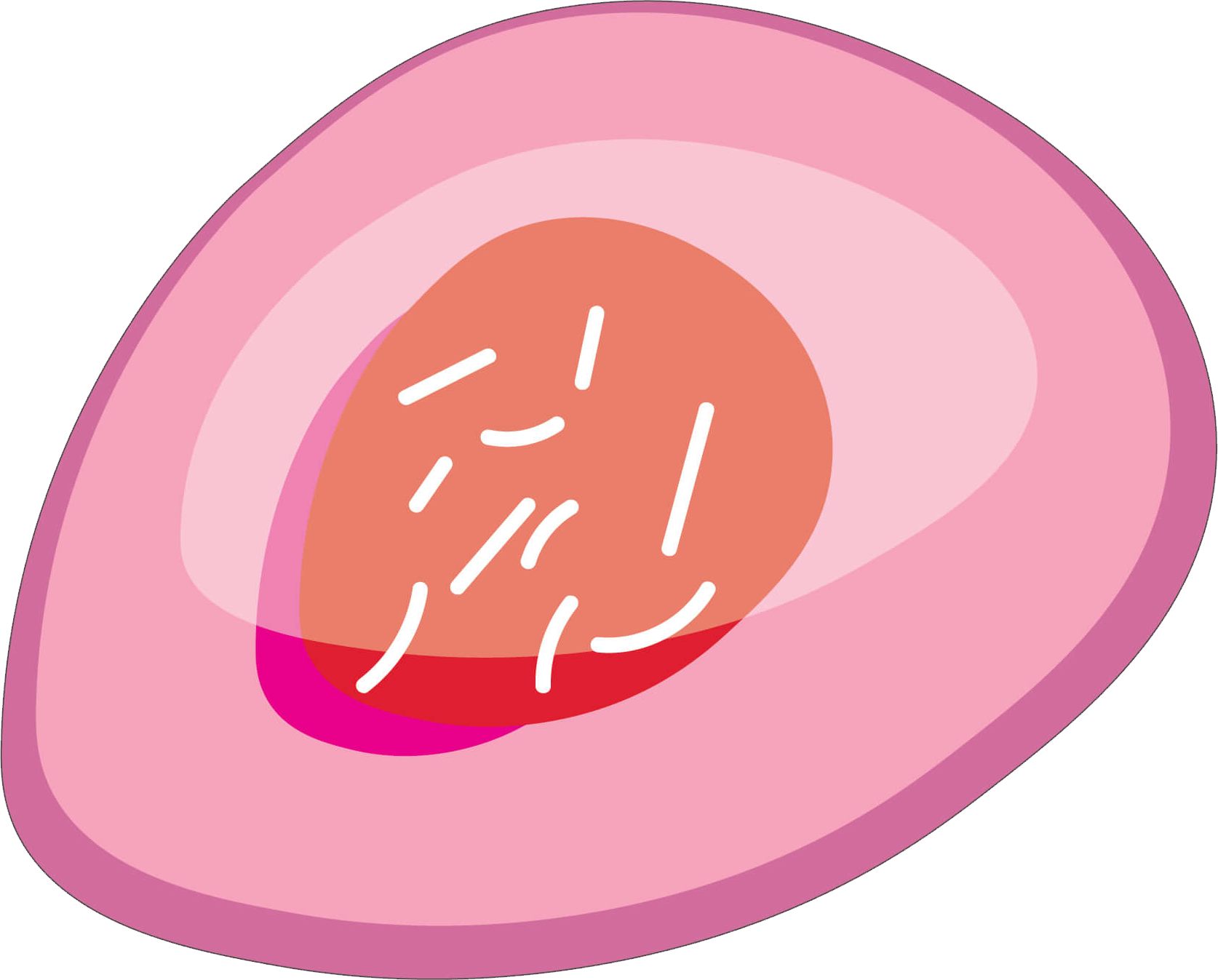 |
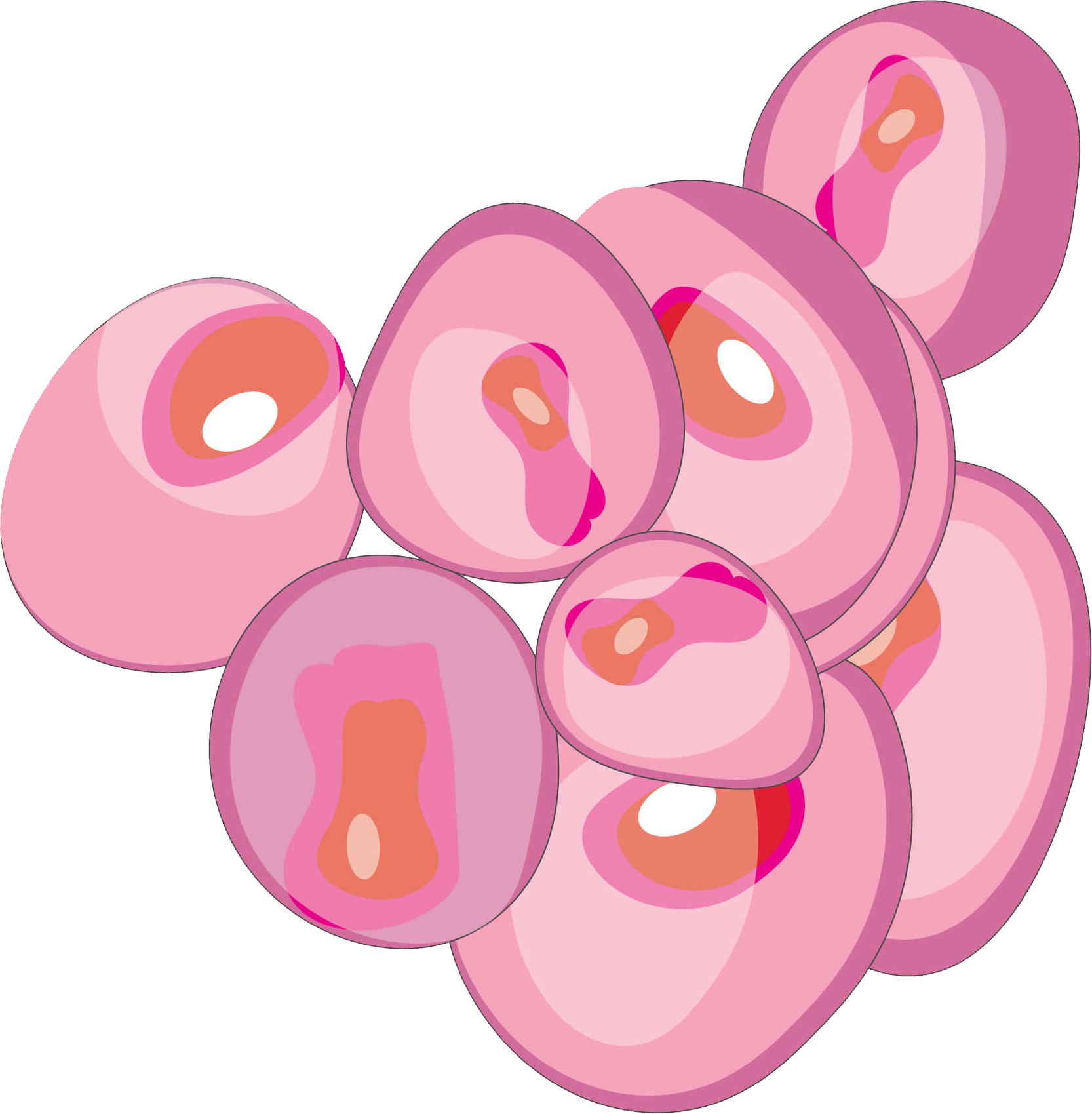 |
How does childhood cancer differ from adult cancer?
Cancer in both children and adults are often caused by genetic alterations, but environmental stresses and lifestyle choices can increase the likelihood of cancer in adults.
Unlike some adult cancers, most childhood cancers are nearly impossible to predict. This makes it difficult to put preventative measures in place to stop or slow the disease. Some cancers like leukaemia and lymphoma have similarities in adults and children, but others like neuroblastoma and sarcoma predominantly affect children and young adults.
The most common types of cancer diagnosed in children ages 0-14 are leukaemia, brain cancer and lymphoma.
According to the Cancer Council, an estimated
760
children
aged 0-14 years old will be diagnosed with cancer in 2025
